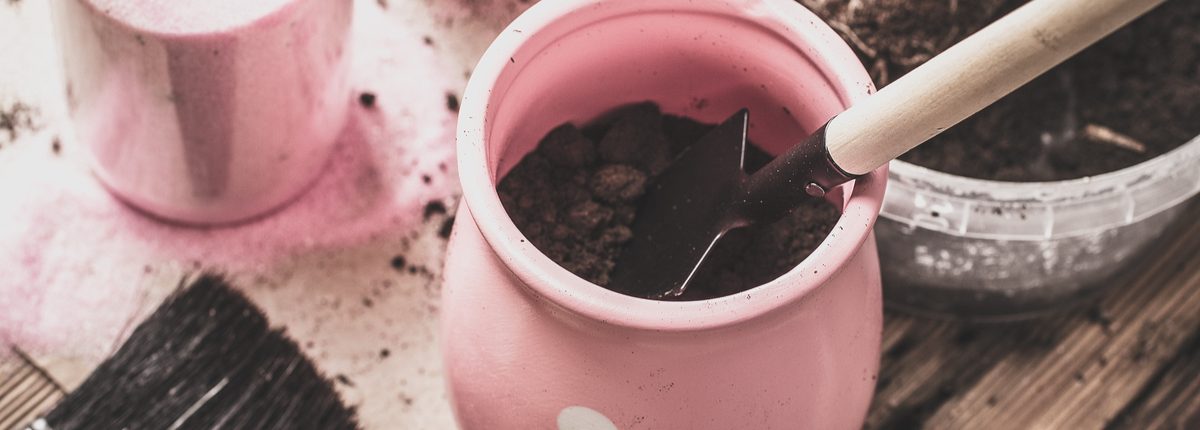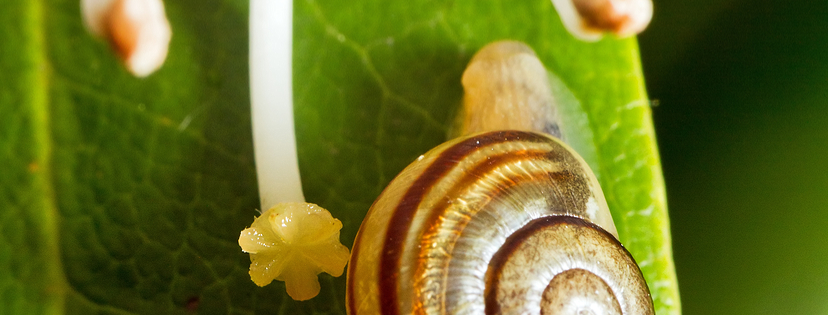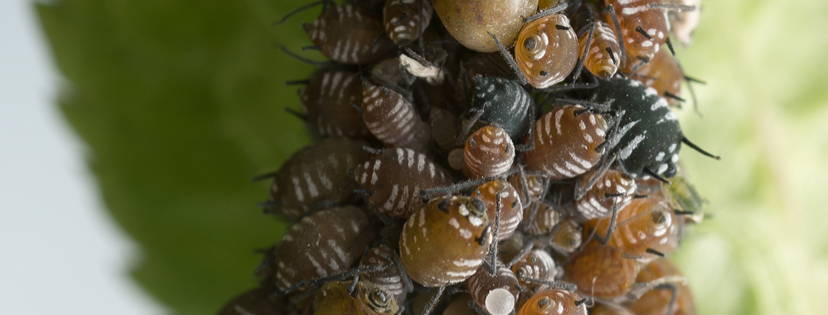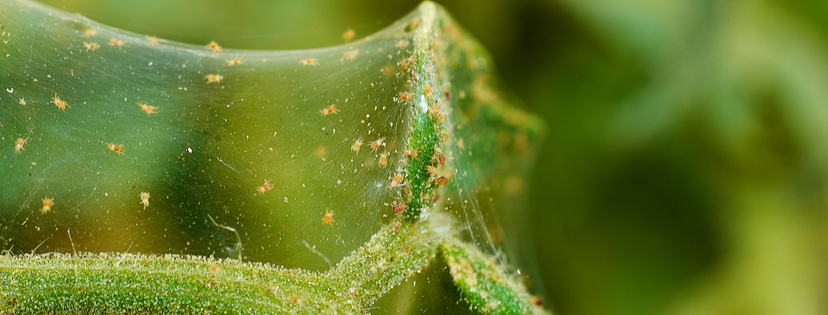CULTIVATION OF KANNA SCELETIUM TORTUOSUM
How To Grow Your Own Kanna Succulent Plant
A steep rise in Kanna’s popularity has made it a rare find in its natural habitat. Fortunately however, the succulent can be grown pretty much anywhere provided that you take it indoors when it gets too cold.
Cultivation: Propogating Kanna Through Seeds
Kanna’s propogation mainly occurs through seeds, but since they don’t keep long, it’s important to plant them immediately after harvesting them from your plant. You’ll want to use cacti or succulent compost or porous top soil with plenty of grit. Multipurpose compost is usually not very suitable for cacti since it contains a lot of organic material and retains a lot of moisture. Scatter your seeds onto the soil, press down lightly and hydrate using water. During germination, keep the soil moist (but not wet) until you start seeing growth.
Cultivation: Propogating Kanna Through Cuttings
Kanna cuttings have been reported to root easily. They can be grown in the ground or in a pot, as long as they’re not exposed to extreme cold weather conditions such as frost.
Cultivation: Kanna’s Ideal Care And Conditions
For optimal results, place in a warm, light place and be sure to keep indoors when the weather starting getting colder, since Kanna is extremely intollerant of frost. Like with most succulents, Sceletium tortuosum also doesn’t require a lot of watering and one of the most common mistakes made is to over water the plant. You can partially prevent this by using clay pots with drainage holes, allowing excess water to drain out of your pot.
Kanna’s yearly cycle consists of about 9 inactive months, followed by a relatively short period of new growth and flowering. During this period, your low-care plant will require a bit more attention in order to thrive. Generally speaking, a temperature of at least 16°C would be recommended and you can use liquid plant food to enhance growth. After this short period of growth, Kanna will drop its leaves and die back, leaving behind skeletal remains.
Reports about recommended harvest times are conflicting. Whilst some reputable sources hint at an alkaloid peak during the formation of fruit, another indicates that the plant is most powerful “at the end of the growing season when most of the leaves are dead“.
Cultivation: Dangers And Diseases Threatening Kanna
Kanna is a relatively easy plant to grow, but pests and diseases can cause problems for even the greenest of fingers. Here’s a shortlist of Kanna’s most common threats, with information and tips on how to recognize and control them.
Sceletium Tortuosum (Linnaeus)
Kanna
Family
Mesembryanthemaceae (Aizoaceae or ‘Ice Plant’ Family)
Also Known As
Canna, canna-root, channa, gunna, kanna, kauwgoed, kauw-goed, kon, quid, kou, kougoed, tortuose fig-marygold
SNAILS AND SLUGS
Another common threat to new plants are snails and slugs. Despite many available control options, they’re often proving to be a persistent problem. Snails are most active at night or during wet weather and leave slime trails and irregular holes in your plant.
Snails can’t fully be eradicated from your plant’s environment (if you’re growing outside), so it’s best to focus on protecting your Kanna rather than fighting the pest. Toads, hedgehogs, ground beetles and thrushes are all natural enemies that can aid you in this, but copper barries around your pot can be an easier aid. Moisture absorbent minerals and gel repellents also make excellent obstacles and can be easily purchased from garden centres.
APHIDS
Aphids (also known as greenflies, blackflies, or whiteflies) are a common threat to mainly new plants. These small, sap-sucking insects are usually found in clusters and can stunt growth or even kill your plant.
Control aphids by removing heavily infested parts of your plant, introducing natural predetors such as ladybugs or lacewing or simply use insecticidal soap (easily home made).
SPIDER MITES
Spider mites are generally found on the undersides of leaves and are easily recognized by the silk webs that they spin. They feed on plants by puncturing plant cells, causing damage in the process leaving small, pale spots. Eventually your plant will start looking brown or grayish, almost scorched or dehydrated.
Their natural enemies, (dark ladybugs, thrips and big-eyed bugs) unfortunately don’t favour the hot weather in which this pest thrives and whilst water and damp conditions work well on most other plants, succelents don’t respond well to over watering. An insecticidal soap spray may therefore be the only good solution to help you control spider mites.
KANNA VIRUS
The absolute worst disease to threaten your plant is the Kanna Virus. The Sceletium tortuosum Virus is more common than you would think and unfortunately infection almost always ends in the death of your plant (though in very rare cases a recovery was reported) as there is no cure. Unfortunately very little is known about the virus, its cause and how to treat it.
Be extra vigilant in recognizing this disease because by removing an infected plant, you might be able to stop the virus from spreading and save any others from becoming infected.
Symptoms of the Kanna virus include (but may not all appear at once):
- Pale coloured lines and spots on leaves
- Distorted, curled leaves
- Brown/rust-coloured lines in plant and leaves
- Badly stunted growth
- Distorted flowers with white blotches










